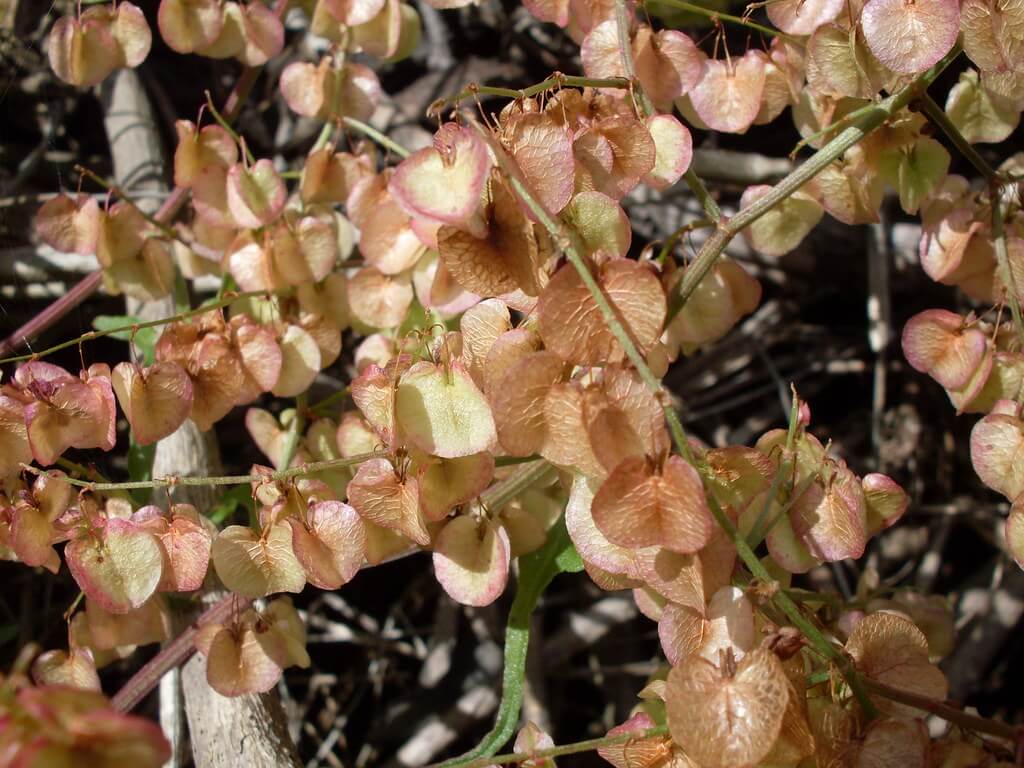Australian Plant Census (2011). Available at: Vascular Plants APNI (biodiversity.org.au).
Auld, B.A. and Medd, R.W. (1992). Weeds. (Revised Edition) Inkata Press, Melbourne.
Baker, M. (2008). Tasmanian Herbarium, Hobart. Personal communication.
Harden, G.J., McDonald, B. and Williams, J. (2007) Rainforest Climbing Plants. Gwen Harden Publishing, Nambucca Heads. Hyde, M.A. and Wursten, B. (2008). Flora of Zimbabwe. Available at: Flora of Zimbabwe: Species information: Rumex sagittatus (zimbabweflora.co.zw)
Muyt, A. (2001). Bush Invaders of South-east Australia. R.G. & F.J. Richardson, Melbourne.
National Herbarium of New South Wales (2007). Records from the NSW data specimen database.
Richardson, F.J., Richardson, R.G. and Shepherd, R.C.H. (2006). Weeds of the South-East. R.G. & F.J. Richardson, Meredith, Victoria.
Sainty and Associates (2002). Rambling Dock Acetosa sagittata, WEEDeck card V9. Sainty and Associates, Potts Point.
Sydney Weeds Committees (undated). Turkey Rhubarb.
Thorp, J.R. & Wilson, M. (1998 - ). Weed Identification - Rambling Dock Acetosa sagittata. Australian Weeds Committee.
Walsh, N.G. (1996). Polygonaceae, in N.G. Walsh and T.J. Entwisle (eds), Flora of Victoria, Volume 3. Inkata Press, Melbourne.
Weber, E. (2003). Invasive Plant Species of the World. CABI Publishing, Wollingford. (Treated as Rumex sagittatus).
Western Australian Herbarium (2007). FloraBase - The Western Australian Flora. Department of Environment and Conservation. Available at: Taxon Profile of Rumex sagittatus Thunb. | Florabase (dbca.wa.gov.au)
Wilson, K.L. (2000). Polygonaceae, in G.J. Harden (ed.), Flora of New South Wales Volume 1 (Revised Edition) pp. 278-293. University of New South Wales Press, Sydney. Available on New South Wales FloraOnline at: PlantNET - FloraOnline (nsw.gov.au)
Weeds of Australia (2016). Acetosa sagitatta fact sheet. Available at: Acetosa sagittata (lucidcentral.org)



































